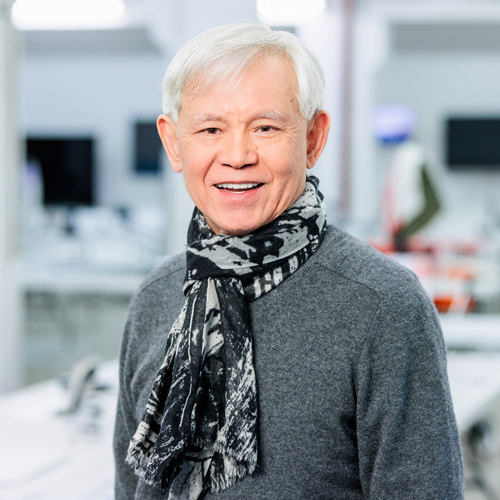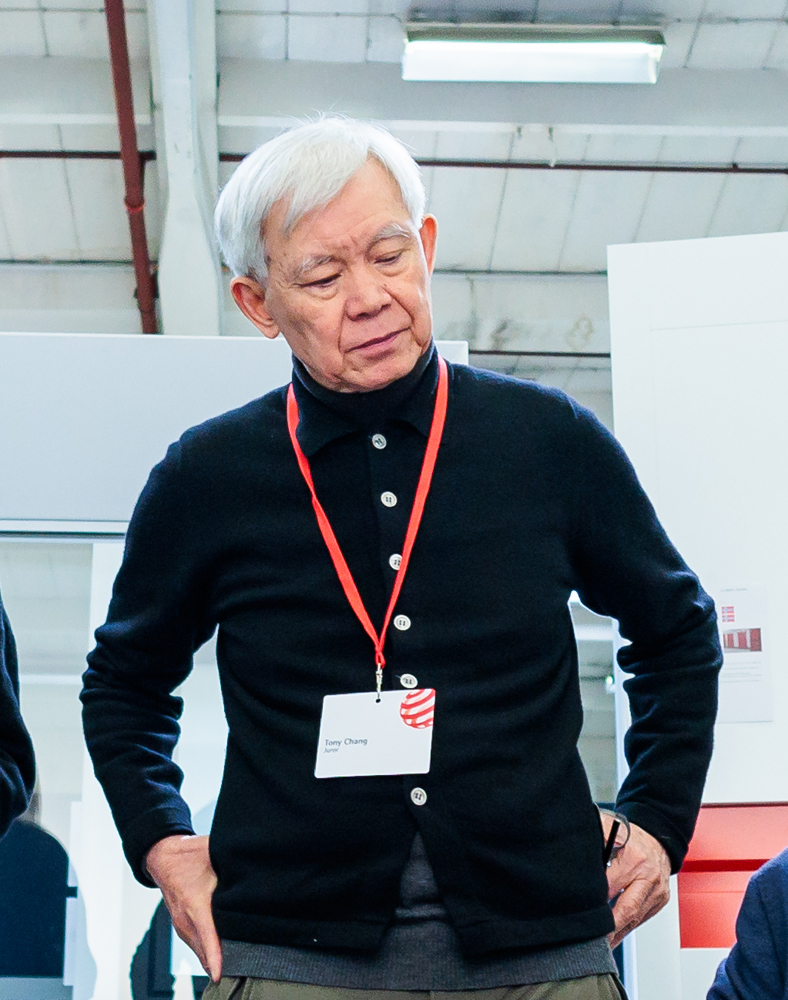Tony Chang
Tony K. M. Chang graduated from the Department of Architecture at Chung Yuan Christian University in 1970 and has accumulated over twenty years of experience in design-related practices. In 2003, he founded the Taiwan Design Center, assuming the role of its first CEO, dedicated to advancing Taiwan's design industry, elevating public understanding of design aesthetics, and fostering international design exchange. His significant contributions span both domestic and Asia-Pacific design domains.
As an expert in design management and promotion, Chang has served as a consultant to government and corporate sectors for several decades. He has been elected multiple times as a board member of the World Design Organization (WDO) and currently serves as a regional advisor. In 2011, he successfully organized the first-ever global interdisciplinary IDA Congress and Taipei World Design Expo, receiving the prestigious ICoD Achievement Award.
Following his retirement from the Taiwan Design Center in 2013 (later upgraded to TDRI), Chang continued to contribute as a director and chief consultant. He received an honorary Doctor of Design degree and Chair Professorship from Chung Yuan Christian University. In recognition of his significant impact on advancing Taiwanese design, he was honored with the Golden Pin Design Honorary Award in 2020 and the first edition of the Taiwanese Cultural Collaboration Medal in 2021, presented by the government.

Red Dot in an interview with Tony K. M. Chang
Red Dot: You were on the board of the World Design Organization for a long time. You also organised the first global interdisciplinary IDA Congress and the Taipei World Design Expo. Does product design speak a global language? Or do you see cultural differences despite globalisation?
Tony Chang: In 2015 the World Design Organization redefined industrial design, emphasising its role in driving innovation, enhancing business success and improving quality of life. It also highlighted the importance of adhering to the United Nations 2030 Sustainable Development Goals, which have become the universal language of global product design, promoting a shared vision of sustainable development. When it comes to cultural differences, the boundaries are becoming increasingly blurred, and there is less emphasis on them.
In your opinion, what has most influenced product design in the last 50 years?
Technological innovation, big data analysis, social structural changes and a shift in focus to ecological sustainability have significantly impacted industrial design over the past five decades. Designers face a dual challenge: they have to not only deliver added value, but also develop sustainable products that help to keep our planet’s natural resources intact.
And what will be the biggest future challenge for product designers?
Owing to global climate change, environmental impacts and the scarcity of natural resources, particularly after COVID-19, abnormal situations are becoming the norm. The overarching challenge for industrial designers will be how to deliver maximum product value with minimum energy and resources.
From your perspective as a professor at Chung Yuan Christian University, do you think that the next generation of designers will approach product development differently? Or will the design process remain largely unchanged?
I’ve always taught next-generation designers the essence of circular design, emphasising the principles of intelligent use, less use, resource-efficient use and reuse, while at the same time focusing on the humanist approach and sustainable development.
What influence will AI have on product design in the future? Is it an opportunity or does it also harbour risks?
In today’s world, the use of AI as a design tool is a positive thing because it has immense computing power that helps designers generate work fast. However, this technology cannot take the place of exploration, creativity and tactility, which are also essential aspects of the design process.
How has the design industry developed, particularly in your home country, Taiwan? Where are the biggest innovations taking place?
Taiwan’s design industry is profiting from high-tech and AI, both of which offer vast opportunities. The government’s stronger focus on design across all sectors – from software to hardware and from brand identity to public spaces – has significantly improved public sector services and efficiency. Motion design, which incorporates various special effects, animations and 2D/3D designs for events, exhibitions and marketing, has also gained widespread acclaim.
Do you have a favourite product at home that you can't live without?
Mobile phones and computers are an inseparable part of our everyday lives. For me, they are functional tools rather than fashion items. Being a tea drinker, I also have an appreciation of tea set designs from all over the world, perhaps as a result of my Eastern upbringing. Using different tea sets to reflect the type of tea or my mood has become a part of my life.
